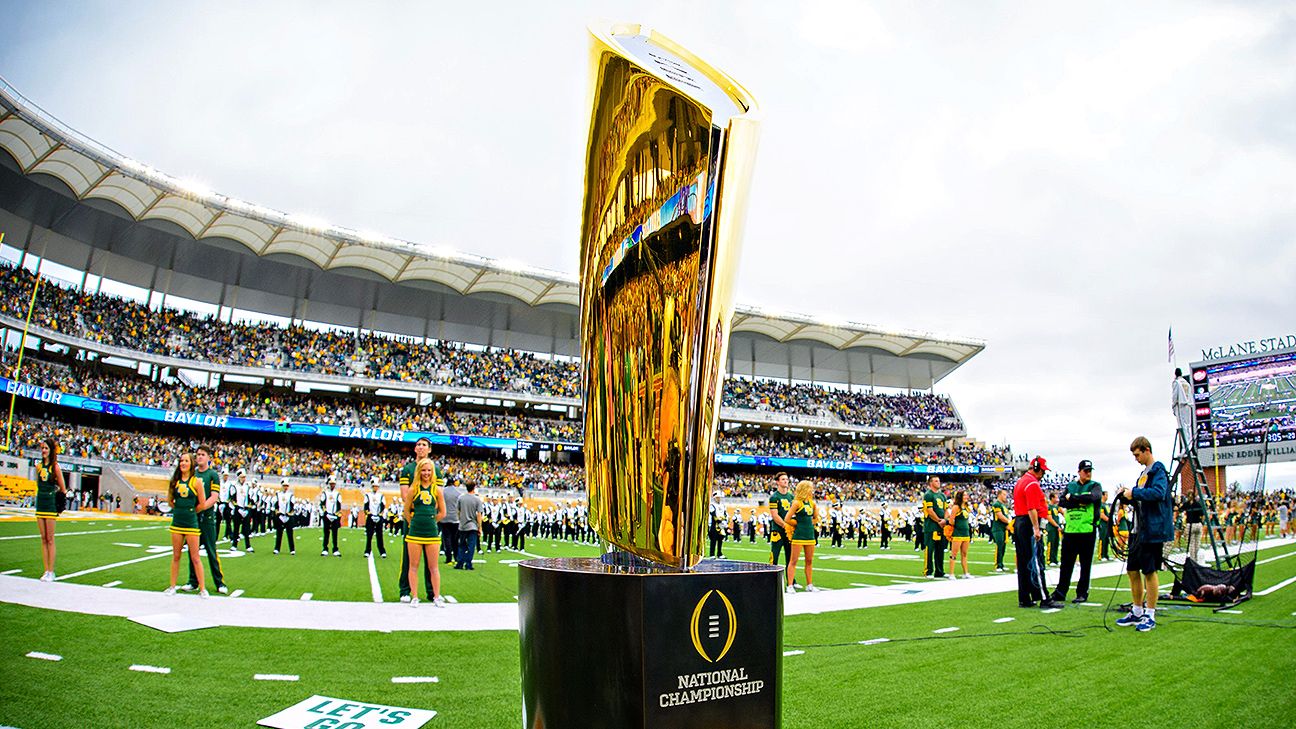Everything You Need to Know About NCAA College Football

College Football in the NCAA is one of the biggest sports and cultural events in the United States. More than just a college game, it has grown into a huge show that combines tradition, passion, and a massive sports industry. For the 2025 season, the Division I FBS will bring together 136 teams, organized into ten major conferences, plus a few independents such as Notre Dame and Army. The season will officially kick off on August 23, 2025, with the so-called “Week Zero” games, including Iowa State vs Kansas State in Dublin, Ireland. The regular season runs through mid-December and will be followed by a brand-new 12-team College Football Playoff format, with the national championship game scheduled for January 19, 2026, at Hard Rock Stadium in Miami.
Each FBS team plays 12 regular season games—usually eight or nine within its own conference and the rest against non-conference opponents or independents. After that, the winners of each conference advance to the league championship games, which act as an extension of the season. With the expanded playoff, the most successful programs could now play up to 16 total games if they reach the national final. This is something new for college football, which has rarely seen seasons this long in its history.
One of the main reasons for college football’s popularity is how deeply it connects with local communities and traditions. The stadiums are legendary: the 15 biggest stadiums in the United States all belong to college teams, and many hold over 100,000 fans, such as Michigan Stadium or Penn State’s Beaver Stadium. Classic rivalries like the Iron Bowl (Alabama vs Auburn) or The Game (Michigan vs Ohio State) draw millions of viewers every year. Tickets are often cheaper than NFL games, which helps fill the stands. On top of that, the long tradition of bowl games—such as the Rose, Sugar, Orange, Cotton, Fiesta, and Peach Bowls—adds history and prestige. With the new 12-team playoff, fans can now expect even more high-stakes games.
In recent years, the fight for the national title has produced historic champions. Ohio State won the 2024 national championship, defeating rival Michigan in a highly anticipated final. A year earlier, in 2023, Michigan went undefeated to claim its first championship in decades. Looking at history, powerhouses like Alabama, Notre Dame, USC, Ohio State, and Michigan have collected the most national titles. These schools dominate not only on the field but also in recruiting, tradition, and media presence, making them the most recognized brands in college sports.
College Football is also a billion-dollar business. The NCAA and its conferences generate incredible amounts of money each year from TV rights, sponsorships, ticket sales, and merchandise. The College Football Playoff alone distributes over $500 million annually, with the top conferences—the SEC and Big Ten, among others—earning the largest share. The Big Ten and SEC both bring in close to $900 million per year, thanks to major TV deals with networks like ESPN, FOX, and CBS. At the school level, programs such as Texas, Texas A&M, Michigan, and Ohio State make over $200 million annually, with football providing most of that revenue. These numbers make college football comparable to professional sports leagues in terms of money and popularity.
One of the biggest changes in recent years is how athletes are paid. For decades, players only received scholarships and could not earn money directly, because the NCAA considered them amateurs. That changed in 2021, when athletes gained the right to profit from their Name, Image, and Likeness (NIL) by signing sponsorship deals. In 2025, an even bigger shift came with the House v. NCAA settlement, which now allows schools to pay their players directly. Each university can share up to $20.5 million per year with athletes, a number that may rise to over $30 million in the future. In most schools, about 75% of that money goes to football, proving its central role in college sports. This marks a new era, where players are not just stars on the field but also part of a growing sports business.
In short, NCAA College Football is a unique mix of tradition, rivalries, giant stadiums, and financial power. The 2025 season will bring exciting changes, including a 12-team playoff, 12 regular season games per team, and for the first time, direct payments to athletes. It will be a season to watch closely—not only for the games on the field but also for how it shapes the future of college sports in the United States.
